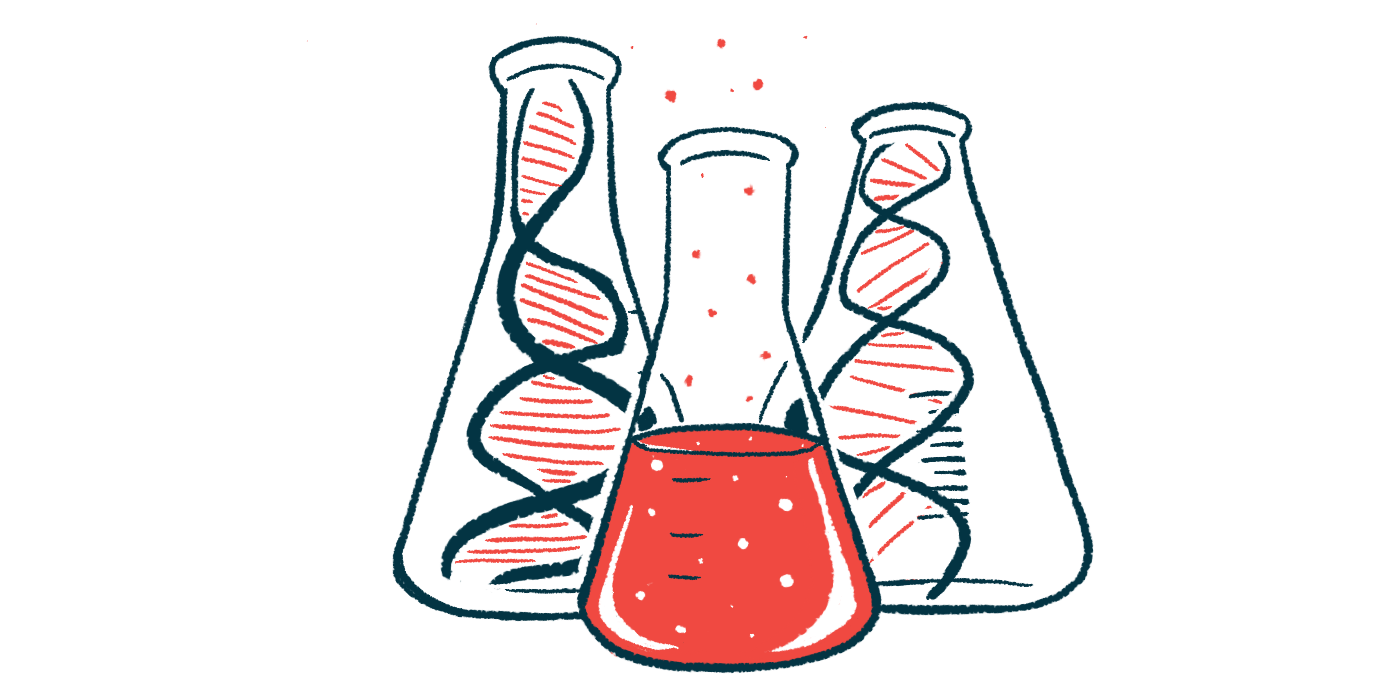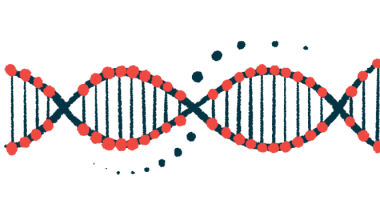GAA expansions in human cells tied to DNA replication disruptions
Repeats that may promote triplex structures might be behind replication fork stalling

Disruptions to the DNA replication process during cell division may cause the expansion of FXN mutations that underlie Friedreich’s ataxia (FA), according to a recent study.
Researchers have developed a new system to study the growth of these mutations — called GAA repeats — in human cells. They found that the genetic abnormality introduced DNA structures that halted the DNA replication process.
When the process restarts, the scientists believe additional repeats are introduced. Targeting this faulty process could help develop new FA treatments, the study suggested.
“We believe that this system could be a valuable tool for elucidating the mechanisms of large-scale expansions in humans and for evaluating the efficiency of perspective [FA] drugs targeting the instability of [GAA] repeats,” the researchers wrote in “Large-scale expansions of Friedreich’s ataxia GAA•TTC repeats in an experimental human system: role of DNA replication and prevention by LNA-DNA oligonucleotides and PNA oligomers,” which was published in Nucleic Acids Research.
FA is caused by mutations in both copies of the FXN gene, which codes for producing the frataxin protein.
Normally, there is a part of the FXN genetic sequence wherein a trio of DNA building blocks (nucleotides) — GAA — is repeated about 5 to 33 times in a row. FA patients have what’s called trinucleotide repeat expansions, meaning the trio is repeated much more frequently, in some cases more than 1,000 times.
These repeats are thought to lead to DNA disruptions that cause the FXN gene to be silenced, leading to a lack of frataxin production.
The number of repeats is unstable and can contract or expand over time, which happens in a couple different scenarios. With intergenerational expansions, a child may have a different number of GAA repeats than the parent they inherited the mutation from. Somatic expansions happen during a person’s lifetime — when cells divide, the size of the repeat grows bigger in the resulting cells. Alterations that occur while a cell replicates its DNA and prepares to divide can lead to DNA rearrangements that promote these expansions, some evidence suggests.
Understanding how the expansion of these trinucleotide repeats arises, especially as longer repeats are linked to greater frataxin deficiencies and earlier, more severe disease, is a topic of interest in research.
Interrupting GAA trinucleotide repeats
In the study, researchers developed a way to study GAA repeat instability in human cells initially housing 100 repeats. They found the size of the repeats did grow as the cells did, “making it the first genetically tractable experimental system to study large-scale repeat expansions in human cells,” the researchers wrote.
By experimenting, they identified a handful of proteins that, when depleted, could significantly affect the expansion of GAA repeats in the human cells. These proteins were largely involved in DNA replication and replication fork function.
DNA replication is when a cell makes a copy of its DNA to ensure that each daughter cell has DNA identical to its own after cell division. As a DNA strand is replicated, a protein complex called the replication fork moves along it and guides the process. When an obstacle is in the way, the replication fork can be stalled and must be restarted later. In some cases, it reverses course as a protective mechanism.
Consistent with previous work, the researchers found that GAA repeats in human cells caused replication forks to stall and reverse.
While DNA molecules usually contain two strands that wind together like a staircase — called a double helix — in some cases, three strands wind together in a structure called a triplex that’s harder to replicate.
Evidence indicates GAA repeats promote these triplex structures, which may be behind the replication fork’s stalling — ultimately driving FXN silencing.
As in previous studies, two small molecules, called locked nucleic acid (LNA) and peptide nucleic acid (PNA), were able to interfere with triplex formation, thereby inhibiting GAA repeat expansions in the cells.
Taken together, the researchers hypothesized that triplex formation by the trinucleotide repeats “impairs replication fork progression.” When the fork moves to restart the process, the expansion of the repeats is accidentally introduced. Molecules like LNA and PNA may thus hold “promise to be developed as future therapeutics for the treatment of [FA],” the researchers said.







